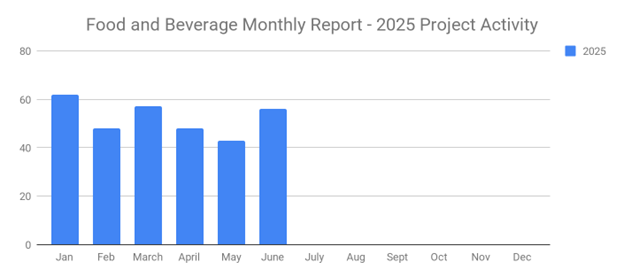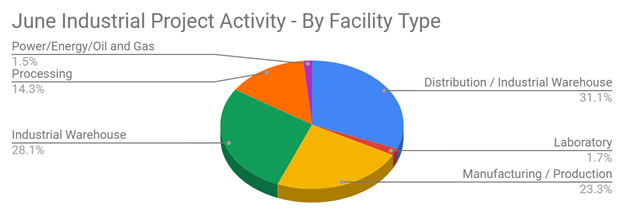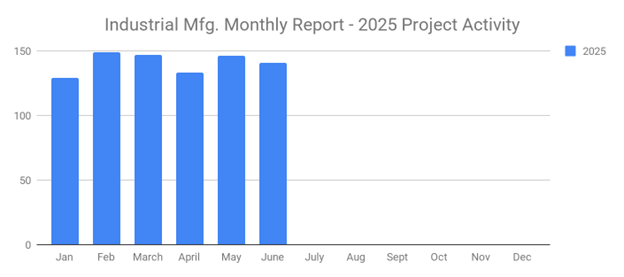
Account-based marketing (ABM) is on the rise. According to HubSpot, 67% of brands currently use it. Also known as key-account management, ABM is a holistic marketing strategy that involves the use of highly customized, personalized marketing messages to convert accounts. It requires marketing and sales alignment, and it requires the identification of high-value accounts. As long as your B2B company's marketing and sales teams are aligned, and you're able to identify high-value accounts in your B2B company's target market, you can leverage ABM.
While many brands use ABM, however, not all of them succeed. They may develop and implement an ABM strategy, only to turn a blind eye to key performance metrics. If you're planning to use ABM in your B2B company's outreach efforts, you'll need to measure the success of this strategy. Fortunately, there are several ways to measure ABM success, some of which include the following.
Average Deal Size
You can measure ABM success by looking at your B2B company's average deal size. Also known as average order value, average deal size represents the amount of money a buyer typically spends when purchasing your B2B company's products or services. Depending on what, exactly, your B2B company sells, it may range from a few hundred dollars to hundreds of thousands of dollars.
A successful ABM strategy should increase your B2B company's average deal size. With ABM, you want to target high-value or "key" accounts. These are prospects with deep pockets who fit your B2B company's ideal buyer profile. They will typically spend more money, resulting in a higher average deal size -- but only if you have a successful ABM strategy that converts them into buyers.
Win Rate
Don't ignore your B2B company's win rate when using ABM. Win rate represents the percentage of deals that you won. Each lead is a potential deal. Win rate is the percentage of leads or opportunities that you successfully closed, thus earning your B2B company a deal.
Win rates in the B2B industry can vary. Some B2B companies have a win rate of just 10%, whereas others have a win rate of 20% or even 30%. A win rate of 10% means that one out of 10 leads or opportunities yielded a deal. When using ABM, you should track your B2B company's win rate. For more niches, a win rate of 20% or higher indicates a successful ABM strategy. If your B2B company has a lower win rate, you should reevaluate your approach to ABM.
Sales Cycle Length
Another key performance metric that you can use to measure ABM success is sales cycle length. A sales cycle is a buyer's journey. It begins when he or she is initially introduced to your B2B company -- typically through marketing or sales messages -- and the sales cycle ends when the buyer makes a purchase. With a successful ABM strategy, you should discover that your B2B company has shorter sales cycles. Short sales cycles indicate a shorter journey for buyers. Buyers will spend less time in your B2B company's sales funnel, resulting in a shorter sales cycle length. Along with the other key performance metrics listed here, you can use sales cycle length to measure ABM success.
Common causes of a long sales cycle include:
- Lack of marketing and sales alignment
- Targeting irrelevant or low-quality prospects
- Not using an omnichannel approach
- Allocating too much time energy and resources to a single stage of the sales process
- Continuing to pursue prospects who've already objected to a sales offer
Sales Velocity
Not to be confused with sales cycle length, sales velocity can provide insight into whether your B2B company's ABM strategy is working. Sales velocity is a measurement of how much money your B2B company's sales reps are making. It takes into account several factors, including the total number of opportunities, win rate, average deal size and sales cycle length.
Using the aforementioned factors, you can calculate your B2B company's sales velocity. Keep in mind that sales velocity is typically measured per sales rep. One sales rep may make more money than another sales rep. Regardless, you can use sales velocity to measure ABM success. An effective and successful ABM strategy will result in a high sales velocity for your B2B company's sales reps.
MQAs
If you're going to use ABM, you should monitor your B2B company's marketing-qualified accounts (MQAs). These are the accounts that, as the name suggests, have been qualified by your B2B company's marketing team. One of the defining characteristics of ABM is its use of high-value accounts. Rather than promoting products or services for the general public, you can focus on these high-value accounts. MQAs are accounts that have been vetted by the marketing team. The marketing team may identify a potential account, after which the marketing team will vet it. If the account checks all the right boxes, the marketing team will designate it as an MQA.
A successful ABM strategy will result in more MQAs. High-quality leads are the foundation of all B2B sales strategies, and ABM is no exception. Each MQA is a high-quality lead. If your B2B company has an effective and successful ABM strategy, the marketing team will generate plenty of MQAs for your B2B company's sales team.
Buyer Retention
Converting prospects into buyers is only half the battle; retaining them is equally as important. You can measure ABM success by evaluating buyer retention. Buyer retention is a key performance metric for the percentage of buyers who are still with your B2B company at the end of a given period.
Buyer retention is typically expressed as a percentage of retained buyers relative to all buyers during the reporting period. A buyer retention rate of 75% means that your B2B company retained three-quarters of its buyers for the reporting period. In other words, only one out of four buyers left your B2B company. Since ABM focuses on personalized and customized communications, it should encourage buyers to stay with your B2B company, in which case you'll experience a higher buyer retention rate.
What to learn more? Get in Touch
Latest Posts
-

June's New Distribution and Supply Chain Planned Projects Return to March’s 183 Confirmed Figure
-

Food and Beverage Rebounds with 56 New Planned Projects Igniting Growth After Decline
-

June 2025’s New Industrial Construction Projects Grew 7% Month-Over-Month
-

Q2 Industrial Manufacturing Soars 31% for Planned Projects Over $100M; June Planned Industrial Projects Hit 141

